LET ME SHARE WITH YOU MY COSTA RICAN foodSCROLL DOWN OR SEARCH FOR A SPECIFIC RECIPE
|
|
This recipe is a great appetizer option. Yes, I accept it. I am a big fan of yuca; I use them in soups, breads, and pies. Sometimes I just cook th sauteed in butter and also in these little balls full of flavor, called enyucados. Yuca is a very starchy carbohydrate vegetable root common in Central and South America and quite popular in Costa Rican traditional cuisine. Enyucados, even though they look intimidating to make, they are very simple. The cooking part is super easy and for the making part, just follow the pictures below to understand the process. I do recommend to wait until the yuca mashed is cold to make the enyucados, and washed your hands often, while making them, to avoid the yuca to sticks to your hand and fingers. Enyucados
serving size: 12 to 14 1 kg yuca (cassava) 1/4 cup butter 1/2 cup flour 1/3 cup milk 1/2 tsp onion powder 1/2 tsp garlic powder 1/2 tsp salt 1 cup breadcrumbs 2 eggs, beaten Meat: 500g ground beef 3 minced garlic cloves 1/4 cup chopped cilantro 1/3 cup chopped onion 1/3 cup chopped red pepper 1 tsp salt 1/2 tsp pepper 100g tomato paste Cut and peel the yuca into big chunks and cook in salted water until soft. Drain and discard the center vein that is hard; mash the yuca completely. Add butter, flour, milk, onion and garlic powder, and salt; mix well and set aside until cold. Do not put in the fridge. Meanwhile, in a medium pan heat up some olive oil and add the meat, garlic, cilantro, onion, red pepper, salt and pepper and cook until the meat is no longer pink. Add the tomato paste and cook for 5 more minutes. Set aside. To make the enyucados, set your working station with one bowl with the eggs, another bowl with the breadcrumbs, or a plastic bags. One bowl with the yuca and one last bowl with the meat. Take 2 spoons of the yuca, using your hands, roll into balls and then into a cup (see picture). Add one tbsp of the meat and bring the dough around the meat to form a ball. Pass the ball into the eggs and roll in the breadcrumbs. Repeat until there is no more yuca left. You may have some leftover meat. Fry it in hot oil. You can also cook it in the oven, but I prefer the fried version. I don't eat it as often, so why not fried.
2 Comments
If you have been following my recipes, by now you will realize that I don't use any package seasoning like consomé or bouillon. I try to stay away from products that have extra additives and I try to keep my cooking as natural and simple as possible. An additive found in many complete seasonings in the market is Monosodium Glutamate, which has been linked to side effects and reactions like headaches and skin allergies. So I just don't bother to use it, and I don't see the need for it. Also by now, you may have noticed that most of my recipes have the same spices over and over again. Mostly oregano, garlic, onion, cumin and pepper, and somehow every dish takes different and amazing. Doing a good combinations of this spices is all you need to give flavour to a dish. Since I use the same spices in most of my dishes, I decided to create my own complete seasoning, that has a good balance in flavors and it is an easy way to get all the flavors that I want on a dish at once. This particular mix, called Meli's Complete Seasoning, is a special mix of flavors that you will find in most of Costa Rica dishes. So give it a try and next time you are making a Gallo Pinto, just add this seasoning and salt and you will be good to go!. This seasoning is especially good to cook cesina (flank steak) that is the meat use in Olla de Carne and Carne en Salsa. So what better way to try it than making some Carne en Salsa. His is a very traditional dish and one of the main ingredients in a meat casado*. I grew up eating carne en salsa, with rice and beans. Out of the many casado variations, Carne en Sale is definitely my all time favorite. Casado (Spanish, "married man") is a Costa Rican meal consisting on rice, red beans, sweet plantains, picadillo or salad and a protein that may be chicken, beef, pork or fish. Meli's Complete seasoning 3 tbsp dry oregano 2 tbsp onion powder 2 tsp garlic powder 2 tsp dry thyme 1/2 tsp dry ground cumin 1 tsp ground pepper Mix all the ingredients together and storage in a seal container. Since I live at the beach, in a hot very humid environment, I use my spices in the freezer to keep then fresh and make then last longer. This seasoning is great for use in tico recipes like beans, rice, picadillos and of course, carne en salsa. Carne en salsa For the meat: 1.3kg of flank steak (cesina) 1 tbsp meli's complete seasoning 1 1/2 tsp salt 1/2 tsp pepper Water In the pressure cooker, add all the ingredients and enough water to cover the meat. Secure the lid and bring the high pressure over medium high. Once at high pressure, cook for 45 min. Remove from the heat and, carefully open, remove the meat and shred finely. Set aside the broth for the carne en salsa. This recipe makes extra meat, so you can use it to make picadillos. I use it to make green beans or carrots picadillo. For the carne en salsa: 1 medium onion 1 big tomato 1 tsp seasoning 1/2 tsp salt 2 cups cooked and shredded beef 1 cup of meat broth In a medium pan, add a little bit of oil, onion, tomato, salt and seasoning; cook until the onion is translucent. Add the meat and the broth and mix well. Cook uncover for 10 to 15 min until the juice has reduce in half. Serve it with rice, beans and sweet plantains If you ask a Costa Rican to picture themselves on the beach, it is highly possible, that the picture will be sitting on the beach, drinking a cold beer and eating a ceviche while watching the sunset; that is our definition of a beach vacation. So if you come to any beach town in Costa Rica, ceviche will be part of the menu. Ceviche is a Latin American dish, each country has its own variation but the Peruvian one is one of the most known worldwide. There are so many variations, from the traditional white fish ceviche to shrimp, to more exotic like piangua, which is a mollusk that is extracted from a shell that abounds in mangroves. If you come to any beach town in Costa Rica, ceviche will be part of the menu. CEVICHE is a dish consisting of raw fish and seafood marinated in citrus juice, mainly lime and lemon juice. The acid in the citrus juice break the amino acids in the proteins of the fish, causing it to become opaque and producing a firm texture, similar to when it is cook. This recipe is the most common version of Costa Rican ceviche, with lots of lime juice, onion, pepper, and cilantro. I encourage you to try it since it is super easy to make and play with other ingredients to create your own variations of ceviche. Enjoy! Ceviche
Serving size: 4 430 g (1 pound) white fish like Marlin. 1 cup of lime juice 1/2 cup lime-lemon flavor soda 1/2 cup finely chopped onion 1/2 cup finely chopped red pepper 1/4 cup minced cilantro 1/2 tsp salt Ground pepper to taste Chop the fish in 1/2 inch squares. In a medium glass bowl, combine the fish with the lime juice, make sure the lime juice cover the fish. Add the rest of the ingredientes, mix well, covert and let seat for 1 hour in the fridge. Serve with chips or crackers and a very cold beer! Did you have a chance to see my facebook live recipe video last saturday? If not, now you can see it here. Last saturday I prepared one of my husband's favorite salad: ensalada rusa (that is how we ticos call it) The best part of this recipe, it is that I use super fresh tuna steak to make this salad. The full recipe is featured in my book: Living Longer, Healthier and Happier: Recipes from Costa Rica Yucca is a vegetable root high in carbohydrates and a good source of fiber. Add a little meat, a salad or some vegetables and you'll have the complete meal all set. Yucca is a popular root here in Costa Rica, most commonly served as a side for dishes like vigorones, chicharrones and as part of the olla de carne soup. To me, the way I present this recipe here is the best way to eat it. This pie is very similar to a Shepherd's pie, but using yucca instead of potatoes. To give more depth to the dish, I prefer to cook the meat in the crockpot, to concentrate the flavors, and make it more as a stew. Also the good thing about this meat recipe, it is that makes enough meat to save for later. When mashing the yuca, make sure you mash it until smooth. It will take some time but it is worth it. Feel free to add any other seasoning that you like to the mash. If the mash takes good, the pie will be good!. And last and most important, do not overcook it, as it can get very dry. If you are not getting the nice bronze color on top, don't keep cooking, just turn the broiler for a few minutes and problem solved. ENJOY! Yucca Pie
Serving size: 6 For the meat 2 pound beef flank steak 1 big onion 1 red bell pepper 2 big tomatoes 6 garlic cloves 2 tsp salt + 1 tsp black ground pepper + 1 tbsp fresh oregano + 1/2 tsp cumin + 2 bay leaves 1 to 1/2 cup of water 4 ounces tomato paste. For the pie 1.5 Kg yucca (cassava, yuca) 1/4 cup milk 1/4 cup of butter 2 cups cheese (any melting cheese, I use queso cremoso) 1/2 tsp salt + 1/2 tsp ground pepper + 1 tsp garlic salt + 1/2 tsp roasted garlic powder (optional) To make the meat: chopped the tomatoes, pepper, onion and garlic. In a crock pot, put the meat, seasonings and the chopped vegetables add enough water to cover the meat. Cover and cook for 6 hours at low temperature. When done, remove 1 cup of liquid, bay leaves and add the tomato paste. Cover and cook for 45 more minutes. To make the yucca: wash, peel and cut the yucca in chucks. Place it into a large pot, and cover with salted water. Bring to a boil and cook until tender, 20 to 25 minutes. Drain, and return the yucca to the pot. Then mash the yucca with a potato masher, add the butter, milk, 1 cup of cheese and seasonings. Continue to mash until smooth and fluffy. To ensemble the pie: Preheat oven at 350F. Greased a 9 by 9 in baking dish; spread half of the yucca mashed, in a thick layer. Spread 2 cups of meat. Sprinkle 1/2 cup cheese; layer the other half of the yucca and sprinkle the remaining cheese. Cook for 35 min. Tortilla de Queso is a staple in Costa Rica for breakfast or coffee time. These are not the regular tortillas that you eat with tacos; in these ones we add cheese to the dough. You can eat it by themselves or with a bit of sour cream on top. They are a filling breakfast option and gluten free! I have to confess how intimidated I was to make my own corn tortillas. I grow up seeing my mom, grandma and aunts doing it, but yet for some weird reason I felt they were hard to make. Well, that changed as soon as I made them. I was surprised how simple it was. Was it really that easy? Yes, it was. And I didn't even have a tortilla maker, I made it with my hands and a plastic bag!!! Here in Costa Rica, there are many kinds of corn flours in the market. I like to use one called Juana, and that is the one I used for this recipe. Other brands may need a little bit more or less milk to get the right consistency. Try it and let me know what you think. Gluten free, easy to make and delicious! Tortillas de queso
Serving size: 6 tortillas 1 1/2 cup corn flour 1 1/2 cup grated cheese* 1/2 cup sour cream 1/3 cup milk 1 tsp salt * I use a creamy cheese called queso cremoso, you can also use any white cheese, that has a strong taste. In a large bowl, mix all the ingredients together using your hands and knead briefly. Divide the dough into 6 pieces and round the pieces into balls; roll into a round about 8" in diameter. I use a plastic food bag, to roll the dough into a round tortilla. Fry the tortillas in a lightly greased pan for about 2 minutes on each side (like making pancakes). Serve hot with a little bit of sour cream. Picadillos are pack with veggies and super easy to make Picadillo translate to chopped so basically, picadillos are cooked chopped vegetables. There are so many recipes and variations using all kind of vegetable and protein combinations. In Costa Rica they are a very common side dish. The picadillo de chayote, is one of the most popular ones, I guess it is because of its sweet flavor and and because it is so quick and easy to make. Another popular one, and my personal favorite it is the potatoes picadillo, I have a great recipe for this picadillo en my book. This is one of my go to recipes during weekdays because it is such a light side dish, very nutritional and I goes very well with any kind of protein. Picadillo de Chayote
Serving size: 4 Ingredients: 3 chayotes tiernos (the light green ones) 1 cup sweet corn 1/2 cup water 1/3 cup chopped onion 1/3 cup chopped red pepper 1/4 cup chopped celery 1/4 cup chopped cilantro 3 minced garlic cloves 1 1/2 tsp salt 1 tsp ground black pepper 1 tsp fresh oregano leaves In a medium-size pot heat up a little bit of olive oil. Add the onion, red pepper, celery, cilantro and garlic to the pot, and cook over medium heat for a few minutes, until the onion is translucent. Meanwhile, chop the chayotes into 1/2 inch squares. Add the chayote, corn, water, salt, pepper and oregano leaves and mix well. Cover and cook for 20 min or until the chayote is soft. Don't forget to mix a couple of times while is cooking. Like most women, I love chocolate and it is something I simply can't live without. But do have to admit, I'm what my husband calls, a chocolate snob. I enjoy GOOD chocolate, and make no mistake not all chocolates are equal. I'm excited to hear that The Latest Batch is sharing Costa Rica's best chocolate to the rest of the world. The Latest Batch imports all of their cacao directly from nature-minded farmers in Costa Rica. Then, longtime chocolate maker and chef Jay Holecek finely tunes small batches of chocolate in his lab in Windsor, California – midway between San Francisco (to the south) and the Mendocino National Forest.
The Latest Batch began with the idea to share this hidden gem in its most delicious form – fresh, dark chocolate. Freshness is important as you always get our chocolate within a month of when we make it. And we use just two ingredients – Costa Rican cacao and Costa Rican cane sugar.Lots of folks are surprised that with only two ingredients, every batch tastes different. Just like a wine’s flavor comes from the grapes and how they’re processed, so it is with chocolate and cacao (say it with us… “kah-cow”). When you are ready to try some amazing chocolate from Costa Rica be sure to check out The Latest Batch. Growing up this was one the most popular week meals for dinner. I grow up in the countryside 2200 meters above sea level, so you can imagine how popular this soup was on those cold nights. The original version, as my mom and grandma use to make it, has a lot more meat, but I like to incorporate more veggies and reduce the meat to the minimum possible to keep the original flavor without lots of meat. This soup is easy and perfect for a weeknight meal. Sopa de Albondigas Serving size: 4 Ingredients: For the meatballs 1/2 pound ground pork meat (can substitute for ground beef) 2 tbsp finely chopped onion 2 tbsp finely chopped red peper 2 tbsp chopped cilantro 1/2 tsp dry thyme 1/4 stp ground pepper 1/4 stp salt For the soup 1/4 cup chopped onion 1/4 cup chopped red pepper 1/2 cup corn (from a can or use fresh corn) 1 celery stick 1 medium size carrot 1 medium size zucchini 1 big potato 1 chayote 1 tsp salt 1 tsp garlic 1 tsp ground pepper 1 tsp oregano 2 cups chicken stock 4 cups water For the meatballs: mix all the ingredients together and using your hands, make small meatballs. You should be able to make 8 meatballs. For the soup: chopped all the vegetables in sticks or square shape. Add all the ingredients to a heavy pot, cover and cook over medium high for 15 minutes. Add the meatballs and cook over medium for 20 more minutes. Fresh ingredients, that's what makes the difference, and I feel that's the secret of this little restaurant. Ohana is located on the street that leads to The Hicaco Restaurant, is a small, rustic, cool and casual setting; ideal to go with friends or with families. Starting with the drinks, my recommendation is the ginger margarita which is delicious! Is is very light and fresh and ideal to accompany sushi. Sushi is the specialty of the restaurant and definitely Diego, the owner and chef, knows how to prepare sushi. I have tried several of their rolls and I like them all, but my favorite is definitely the "no regrets" and I assure you that as the name says it, you will no regret having tried it. The menu is extensive, including more than sushi, with enough choices of starters, salads and other dishes like rice bowls and chicken skewers. They also have vegan and vegetarian options too. I have tried several of their dishes and they are all very good, they are light, fresh and well balanced.
I know passionfruit is not always easy to find, but this tropical fruit is quite popular in Costa Rica and one of my favorites. The tart flavor of the fruit helps to create an ice cream that feels so refreshing. I recommend this delicious ice cream over a warm chocolate brownie! Passion Fruit (maracuya) Ice Cream Serving size 1 quart Ingredients: 2 cups passion fruit juice, from 5 to 6 passion fruit. 600g condensed milk 2/3 cup half and half For the juice Cut the passion fruits in half and scoop out their pulp. Place the pulp into a blender and add 1/4 cup of water. Blend for a few seconds and pour the juice into a strainer to remove the seeds. To make the ice cream Combine all the ingredients in a blender and blend until smooth. Chill the mix in the fridge for at least 4 hours. Transfer to an ice cream maker and freeze according to the manufacturer's instruction. This is one of the easiest and more delicious ice cream recipes. Enjoy! |
Pura Vida!Hi I'm Meli and I love food, I love cooking, I love eating, I love traveling and I love Costa Rica. I want to share a little bit of my culture through my food Archives
July 2020
Categories
All
|


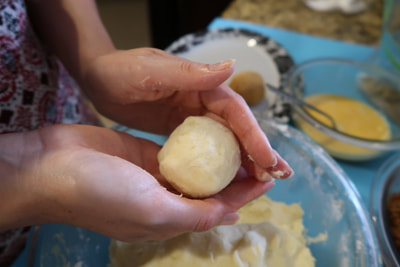

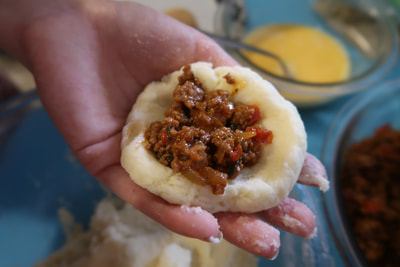
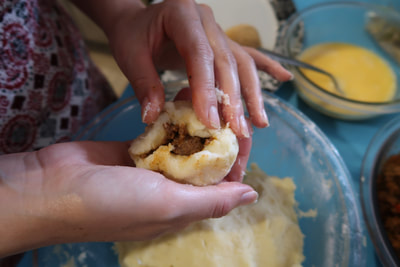

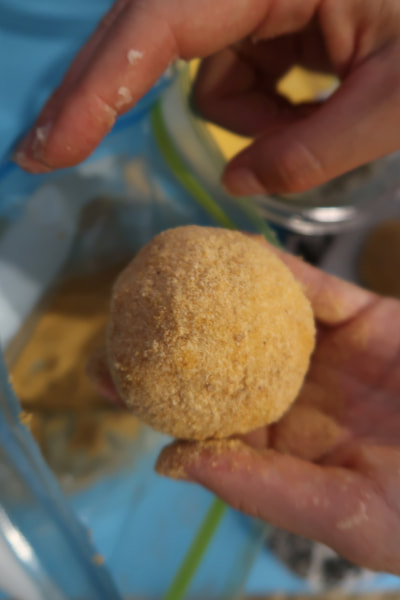

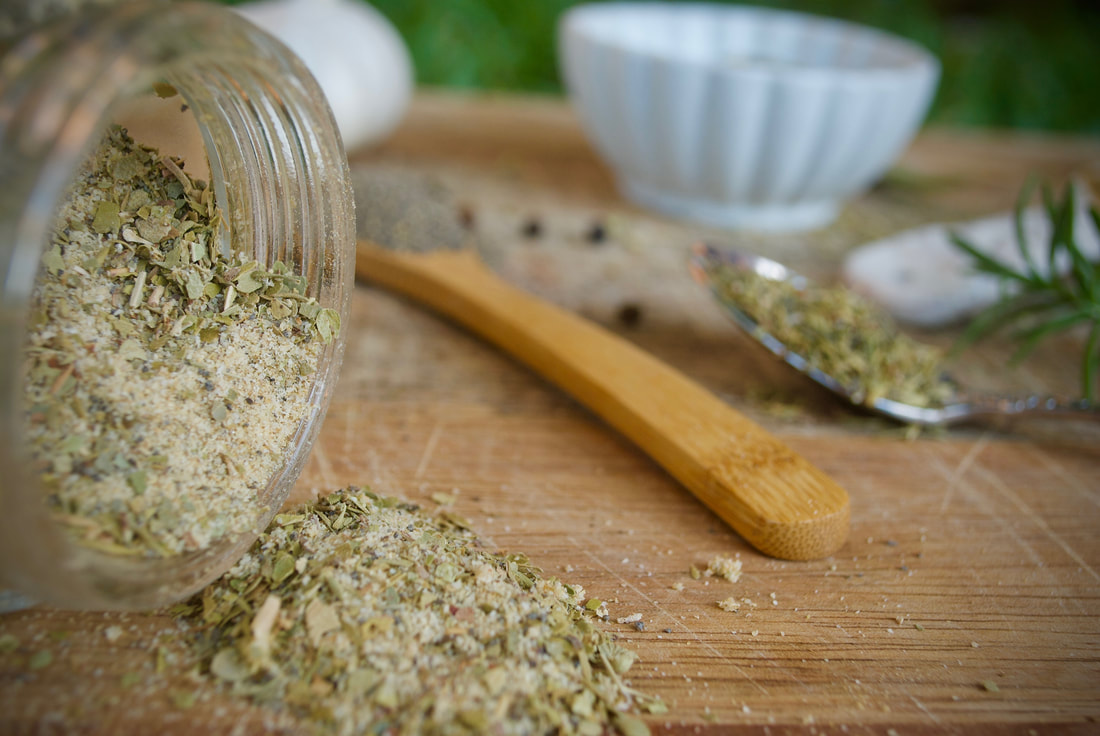

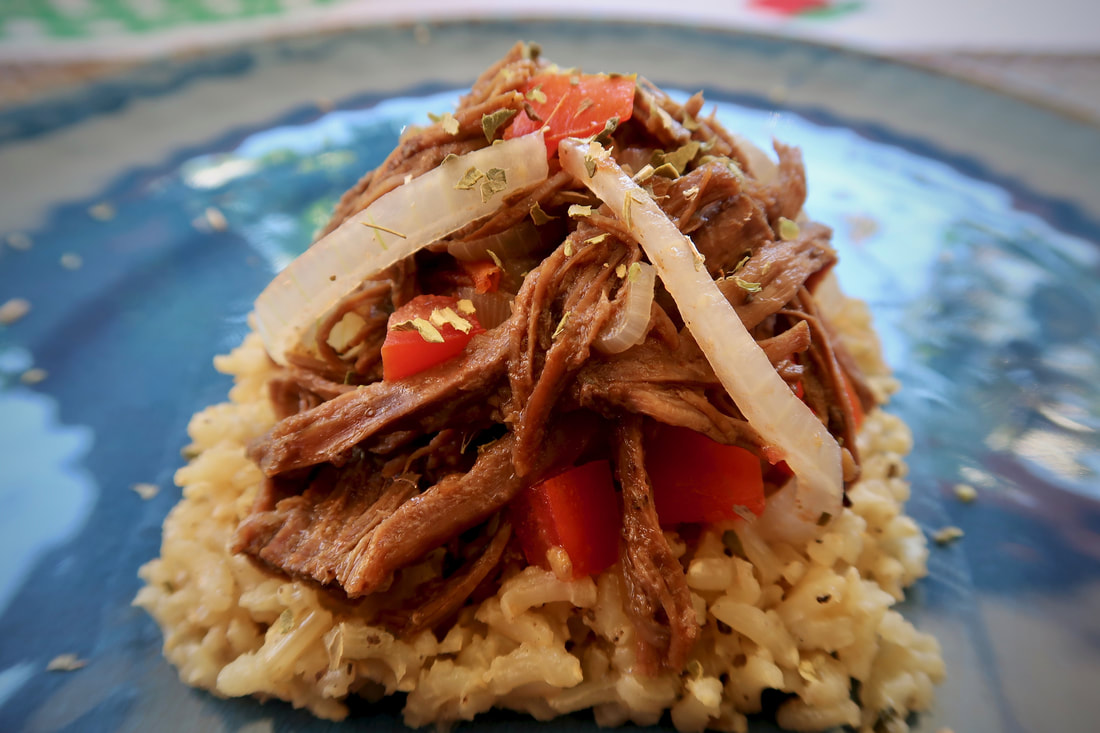
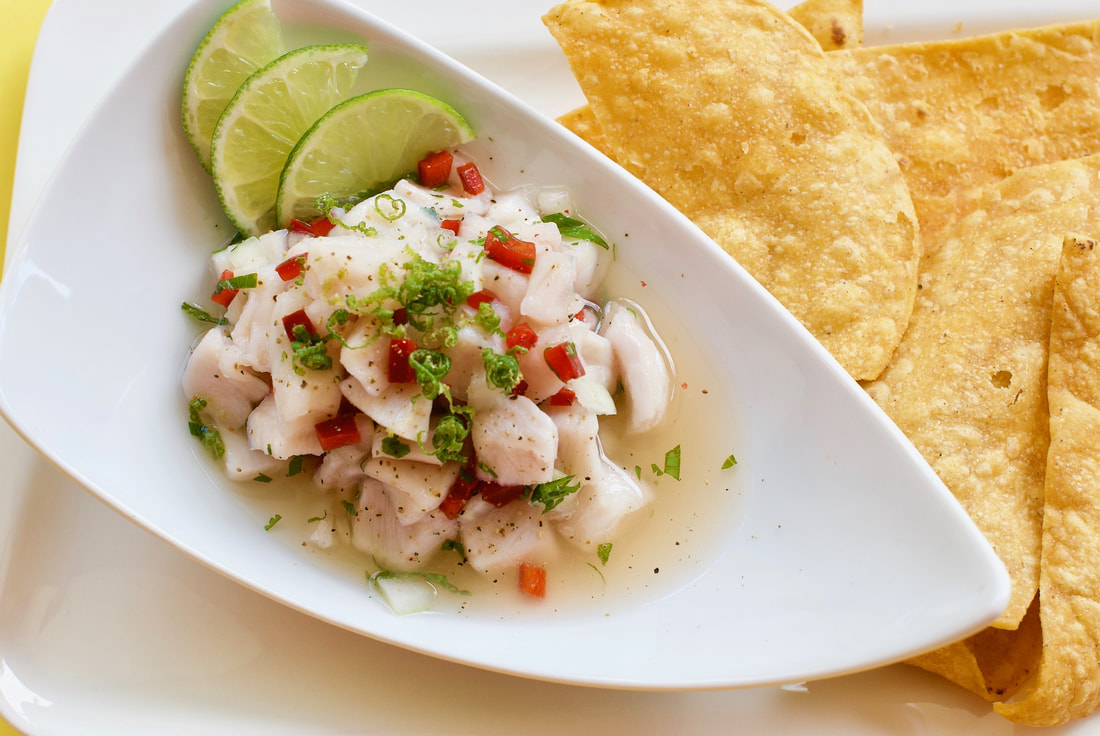
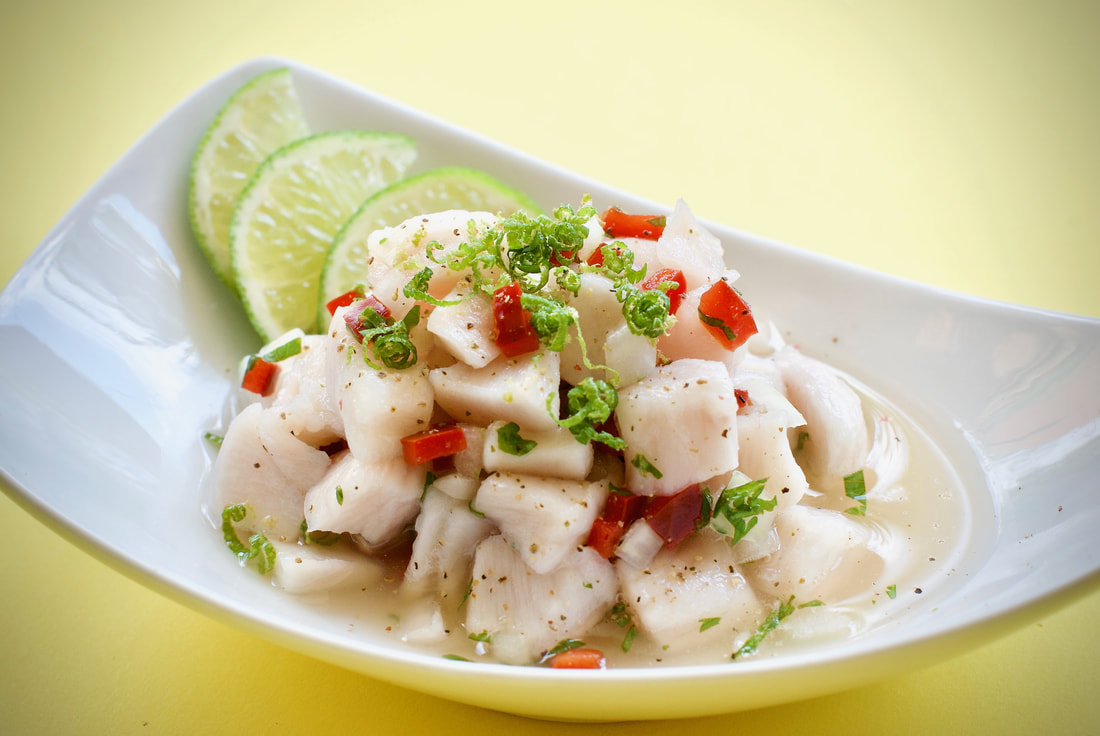
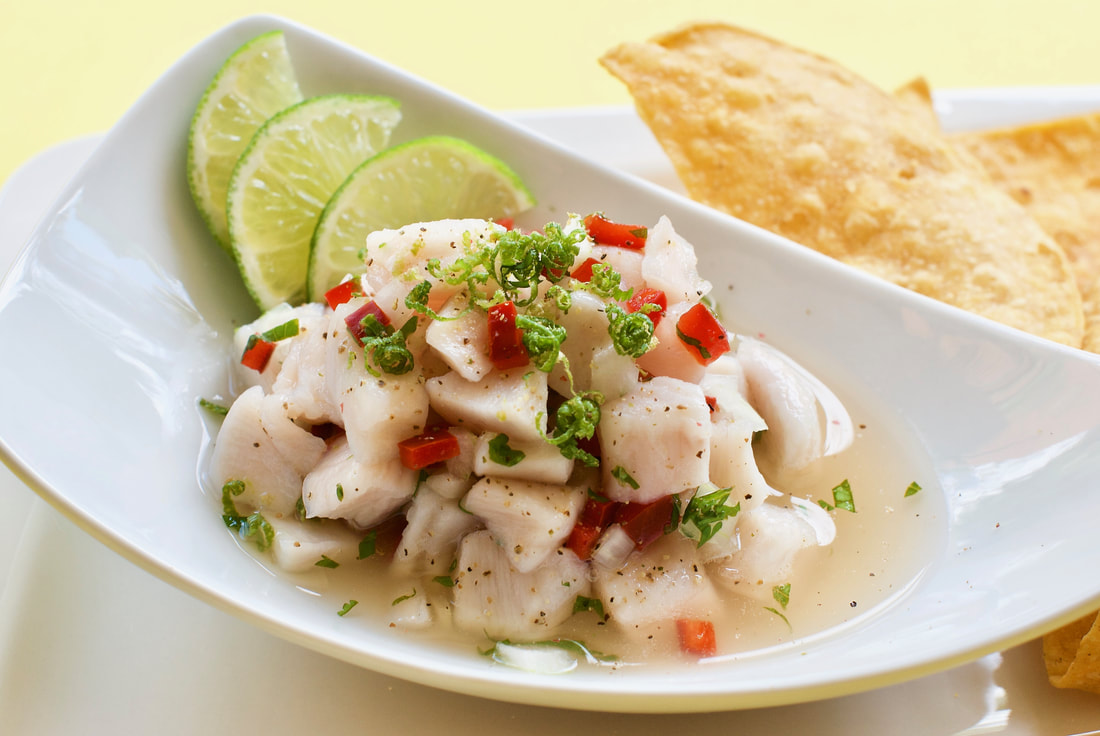
















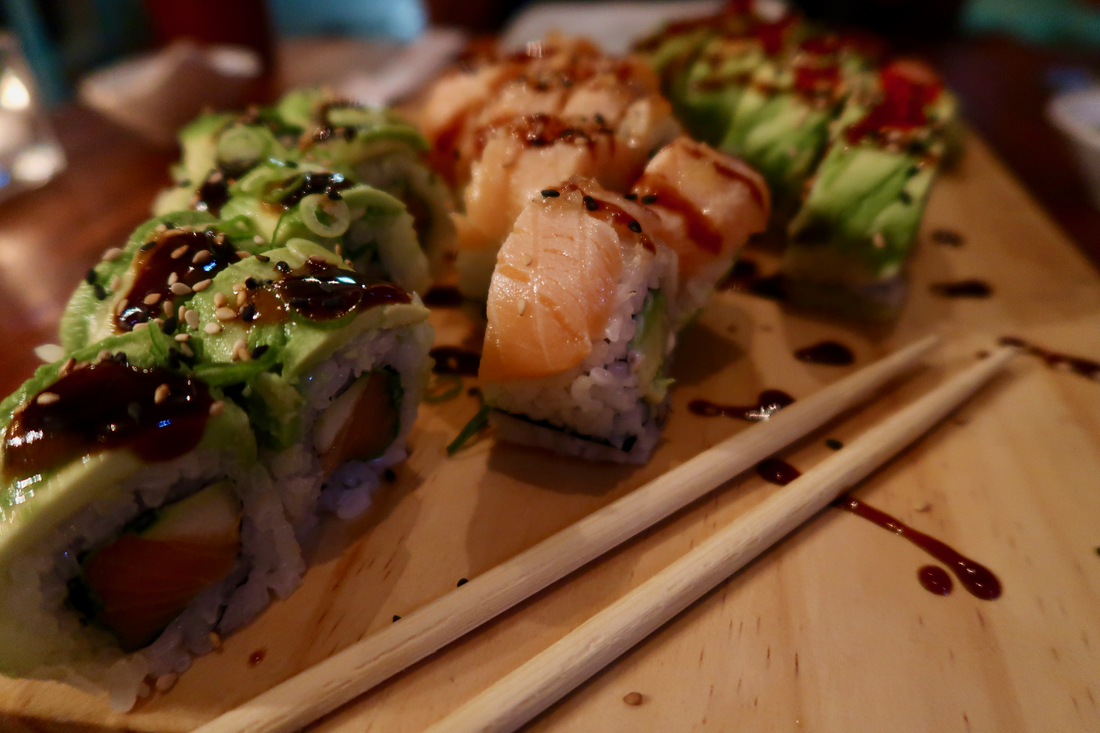



 RSS Feed
RSS Feed